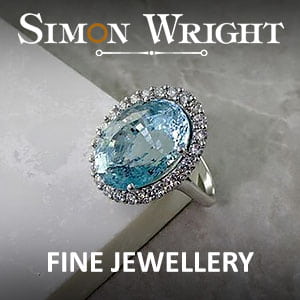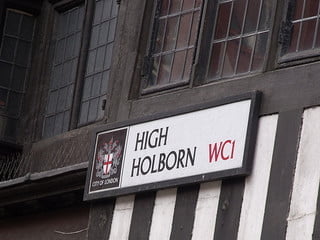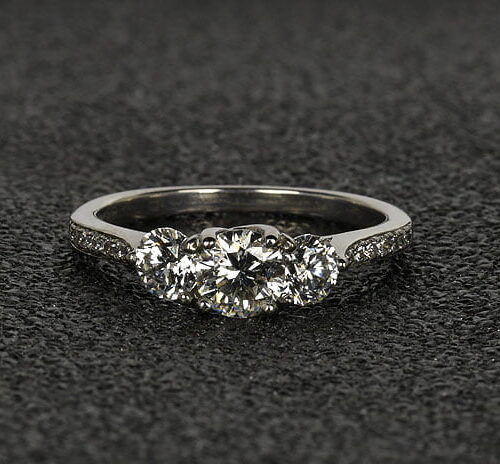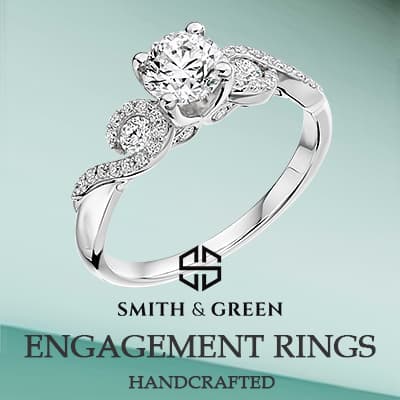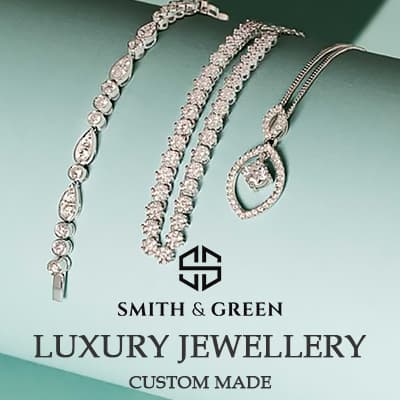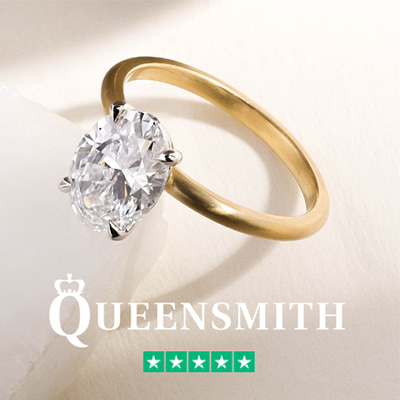Diamond street Hatton Garden is well known in London. It is renowned for having a high calibre of jewellery and diamond retailers, with exquisite products and excellent service. However, there is a lot more to the area than meets the eye. Oral historian Rachel Lichtenstein has delved further into the history of the district in her new book, ‘Diamond Street: The Hidden World of Hatton Garden.
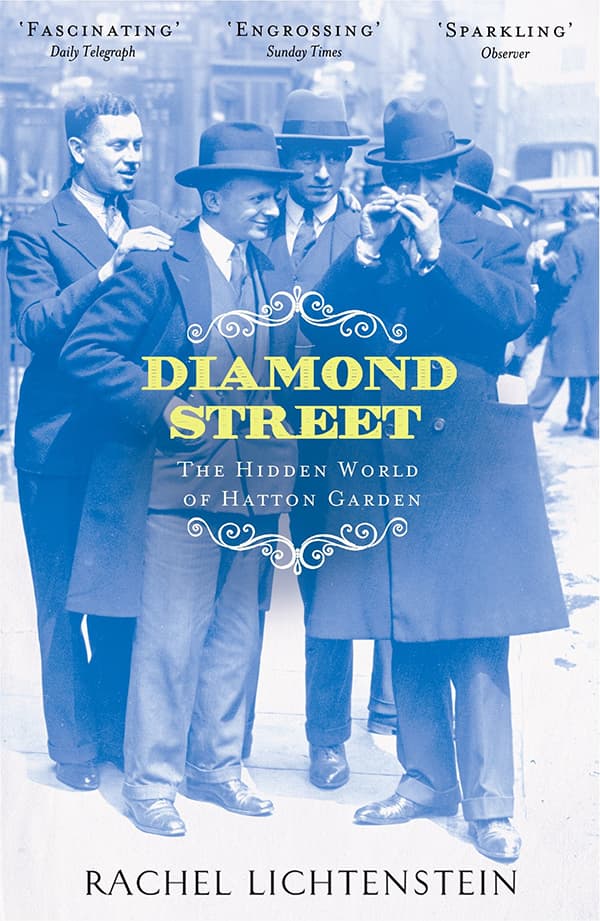
Money and migration are common sources of urban legends and urban myths. Hatton Garden is sometimes depicted as a type of posh version of Sax Rohmer’s Chinese Limehouse, one that is filled with clannish kinsfolk, enigmatic brokers, and ambiguous persons who appear pauperise but may be wealthy—despite never being as demonised as Stepney or Whitechapel. There are several tales of an underground labyrinth of hidden rooms and passageways under the city, tales that are as enticing as they are mostly unfounded.
For authors about London, such fabulations and paranormal fantasies are manna. Hatton Garden is where her grandparents and her parents worked for the oral historian Rachel Lichtenstein, one of the few notable female people active within the ill-defined area of modern psychogeography. As a student, she volunteered in the family business, writing price tags for jewellery and delivering supplies to Hasidic and Orthodox diamond dealers.
On Brick Lane, published by Lichtenstein in 2007, made a significant addition to the growing area of fading London studies. It emphasised the fragility of lives and communities due to real estate developers, city growth, and “creatives'” discovery of the neighbourhood. The apprenticeship system, which ensures good standards, is on the decline, there is less polishing and manufacturing done in London these days, and competition from firms in Singapore and Taiwan is growing.
As a skilled sculptor, Lichtenstein delights in documenting the skill of previous generations of cutters, setters, and polishers. Poetry of creation is revealed from the extensive catalogues of tools and machinery they used, including forges, lathes, wooden pegs, turning machines, and metal moulds. They worked with gold, sapphire, and precious gemstones in damp, sometimes unkempt workshops; the calloused hands they developed contrasted with the smooth fingers and necks of the Russian tsarinas and Middle Eastern princesses for whose adornment their work was often purchased.
These artisans engage in a revered type of physical labour, whose tactility should at least be appreciated along with its drawbacks. A jeweller declares: “We will be the last persons to use our naked hands to touch many of the items made here. They are taken into collections where they are delicately picked up with white gloves, talked to in whispers, and placed back into a glass case.”




